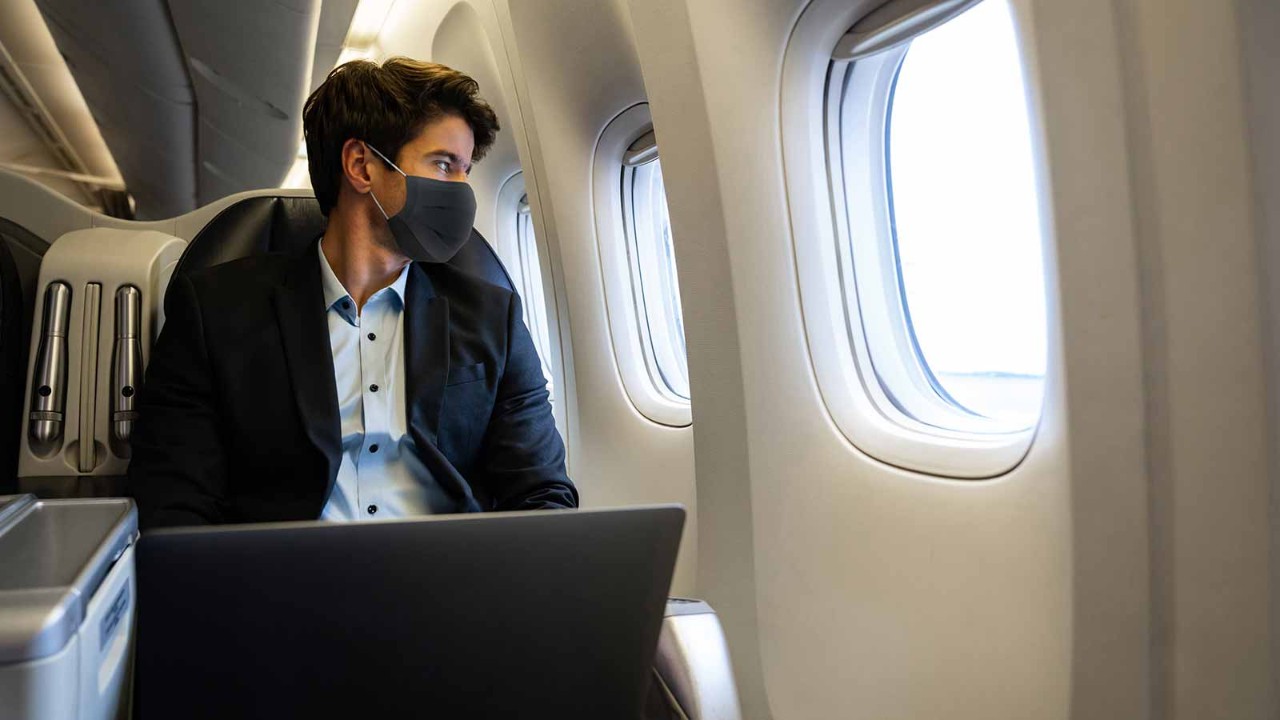
While vigilant CFOs have always sought out ways to trim unnecessary spending, the restrictions on movement caused by the Covid-19 pandemic have inadvertently enabled businesses to slash costs around face-to-face interactions via travel and office real estate.
Amazon, for example, made headlines late last year by reporting that it had saved US$1bn on travel costs for 2020. And a Deloitte study in August estimated that spending on business travel could be around 25% below pre-pandemic norms, even after the worst of the global travel restrictions are lifted.
‘CFOs should not to become intoxicated with savings and cut back productive spending on face-to-face interactions’
Spending watershed
The pandemic has also shown that it may be possible to lower spending on office space without compromising productivity – especially given advances in digital communication.
‘Covid-19 looks likely to mark a watershed in how much companies spend on face-to-face contact, whether jetting staff around the world or leasing office space,’ says Gerard Osei-Bonsu, a managing partner at EY Switzerland and integrated mobility leader.
‘That will have advantages for both the bottom line and in helping companies reduce their carbon footprint. But the key will be for CFOs not to become intoxicated with these savings and cut back genuinely productive spending on face-to-face interactions.’
So how much of the pandemic-related savings might companies be able to hold onto without harming long-term productivity? And how far can advances in technology help permanently reduce the need for in-person meetings – whether in the office or through travel?
Travel halted
In terms of business travel, there appears to be a consensus that spending is unlikely to return to prior levels. A Bloomberg survey of 45 large businesses in the US, Europe and Asia found that 84% planned to spend less on travel after the pandemic. A majority suggested that budgets could decline by between 20% and 40%.
‘We see Covid as accelerating a trend that was happening anyway, with companies thinking about smarter, more efficient spending on business travel,’ says Osei-Bonsu. ‘Corporate tourism is being phased out.’
Some activities, however, will still be best done in person, Osei-Bonsu points out, including establishing new relationships and drumming up business.
‘If you are in a marketing role, there is very much a need to continue to travel and have face-to-face interaction,’ he says. ‘Roles that are more technical in nature and not client-facing can mostly be done remotely without the need for a trip to the airport.’
Out of office?
A similar trend appears to be under way in corporate views towards office real estate, with the pandemic accelerating a shift towards more virtual interactions.
‘The fear of remote working has been overcome,’ says Remco Van der Mije, director of strategy and operations at KPMG and a real estate specialist. This has helped companies see offices as a place to foster collaboration and build corporate culture, rather than primarily a space in which employers perform functional tasks, he says.
‘As a result, companies can still devote more space to meeting areas and give staff more individual space, while reducing their overall footprint. While this new model is still in the test phase, 20% to 30% of cost savings on real estate may be possible without damaging corporate culture,’ he argues.
These trends in both business travel and office space chime with an intensifying focus on lowering carbon emissions, says Sander Grunewald, global head of real estate advisory at KPMG.
‘Most companies are eager to get to net carbon zero by 2030 or 2040, and efficiencies in both office space and travel can make significant contributions to this,’ he says. ‘The savings can be both direct and indirect.
‘Being more flexible about home-office time has the potential to both lower emissions from office spaces and from employees commuting to work.’
Virtual changes
Meanwhile, technology has been crucial in enabling companies to lower costs, without sacrificing productivity. At the most obvious level, virtual gatherings – on platforms such as Zoom or Teams – have been replacing meetings in the office, off-site training and costly business travel.
‘Companies have been stepping up investment in video-conferencing facilities,’ says Osei-Bonsu. ‘At the more sophisticated end, we are seeing companies using virtual augmented reality or drones to substitute factory site visits.’
‘Having an attractive work environment can be key, and many employees value the opportunity to work in various parts of the world’
David Prinselaar, head of manufacturing at paint maker Akzo Nobel, has ‘visited’ more than 120 plants across the world since the start of the pandemic by directing staff with high-definition augmented reality headgear, according to a report by Bloomberg. Meanwhile, Royal Dutch Shell has created online 3D simulations of oil platforms, enabling engineers to view them from home.
An added upside from such trends is on employee health, with research increasingly pointing to the adverse impacts from jetlag. ‘There is a wellbeing aspect to all of this,’ says Osei-Bonsu.
But the message from experts is for companies to adopt a strategic approach to such cost savings.
‘With so much office space sitting empty, the immediate impulse for some CFOs was to think “we are paying for this real estate and nobody is using it”,’ says Van der Mij. ‘Simply culling square feet is not the answer, however.’
Strategic approach
Instead, KPMG is advising clients to consider the role of attractive office space and international mobility in attracting and retaining top talent. ‘Having an attractive work environment can be key, and many employees value the opportunity to work in various parts of the world,’ says Van der Mij.
Companies also need to be willing to devote part of their cost savings from travel and real estate to digital investments. ‘Failure to do so could be a strategic error – leading to long-term underperformance,’ he adds.
Further reading
See insights from consultancy Gartner about the opportunity to make cost savings as employees seek to relocate

